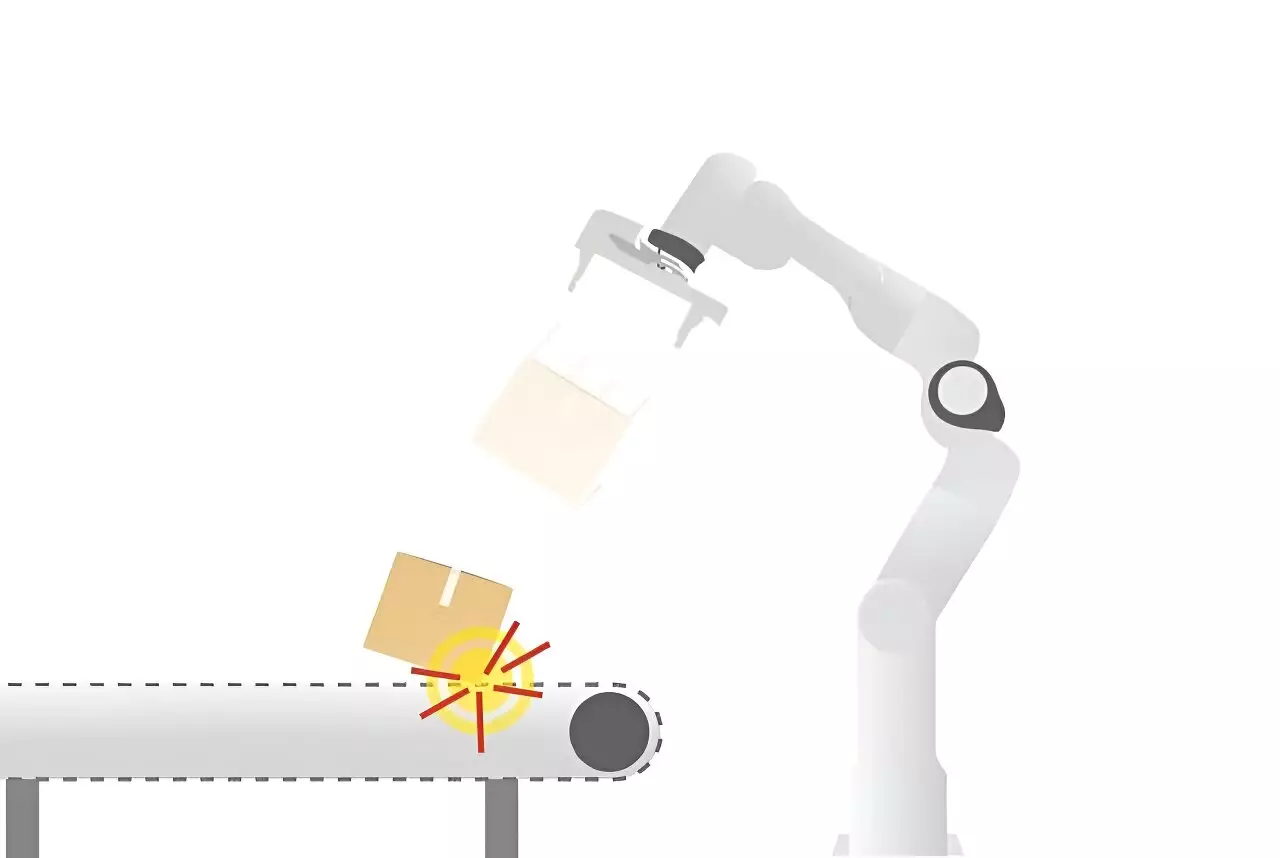The integration of robots into various industries has journeyed through remarkable advances, particularly highlighted in the automotive sector. Recently, these machines have begun to navigate into logistics and other application domains, indicating a paradigm shift in their operational scope. However, the capabilities of these robots remain confined by significant limitations. Present-day robots are largely characterized by their singular operational patterns, executing pre-programmed actions repetitively without adaptability. To push the boundaries of efficiency and functionality, significant breakthroughs must be made, enabling robots to develop more human-like capabilities. In this context, the project led by the Eindhoven University of Technology, under the guidance of Associate Professor Alessandro Saccon, sheds light on what could shape the future of robotic interaction with dynamic environments.
Robots will find immense utility in scenarios that pose safety hazards to humans or require daunting physical demands. Tasks such as managing heavy luggage at airports, navigating hazardous conditions in nuclear facilities, or participating in disaster response efforts illustrate instances where human involvement might be counterproductive or perilous. Furthermore, the potential for robots to venture into space for planetary exploration adds a layer of excitement to their capabilities. Nevertheless, current robots often engage with their surroundings in a static manner, lacking the intricate dynamism that human operators exhibit. This discrepancy presents a clear obstacle; tasks involving rapid or unpredictable movements remain challenging for robotic systems.
Saccon’s project specifically aimed to advance the concept of “impact-aware” robotics. This new framework shifts the focus from collision avoidance to collision exploitation, allowing robots to interact effectively with heavy objects. The aim was to enhance a robot’s ability to engage with its environment swiftly and reliably, mitigating the impact of unforeseen disturbances or inaccuracies in perception. For instance, what happens when a robotic arm miscalculates the weight of an object or misjudges its position by mere inches? Understanding and addressing these uncertainties becomes essential in executing robust movements.
To confront these hurdles, the I.AM project utilized first-principles physics to develop algorithms that can account for fundamental dynamics such as mass and friction. Through simulations, researchers compared mathematical models with real-world scenarios, helping improve the control algorithms for robots. This iterative process of testing and refining the robotic interactions led to innovative methodologies. By employing real-time feedback during these interactions, researchers discovered how to inform and enhance the control systems of robots, leading to reliable handling of heavy objects, often requiring the use of a two-arm grasp.
The collaborative efforts with organizations like VanderLande, a leader in logistics automation, advanced the project by supplying real-life insights about challenges faced in the field. These partnerships revealed market pain points, enhancing the research with practical contexts. Shared facilities at the TU/e campus allowed for an interactive environment where students and researchers engaged directly in hardware testing, fostering an atmosphere of creativity and innovation. This dynamic presented a perfect synergy between theory and practice, validating the importance of hands-on experience in the development of robotic solutions.
The Netherlands has a historical reputation as a hub for groundbreaking robotics research. Notable contributions have been made in medical robotics, mobile robotics, and robot learning, showcasing a rich tradition of innovation. The I.AM project, with its focus on impact-aware robotics, is an extension of this legacy, gaining international recognition and acclaim. The successful outcomes have not only advanced the field but also opened doors to numerous collaborative ventures, which continue to evolve.
As the research community delves deeper into robotics, the necessity for swift planning and real-time perception emerges as critical areas for future exploration. Saccon’s vision for follow-up projects underscores the ongoing commitment to addressing these challenges while leveraging funding opportunities both nationally and internationally. Many students involved in the project have successfully transitioned into careers within industry partners, demonstrating the project’s broader impact on employment and skills development in the field.
The advancements in robotics, particularly in impact-aware dynamics, signify a transformative period for the industry. While challenges remain, the progress seen through projects such as I.AM provides a hopeful outlook. The fusion of research and practical application is set to redefine the capabilities of robots, potentially leading to their fuller integration into high-risk or demanding environments. As we stand on the brink of this new era, the excitement of what the future may hold for robotics continues to grow.


Leave a Reply